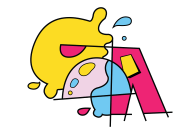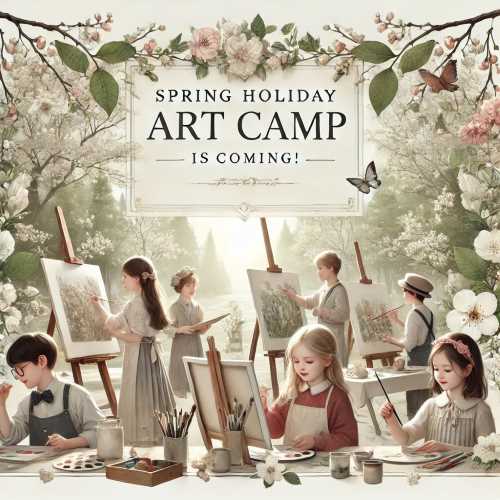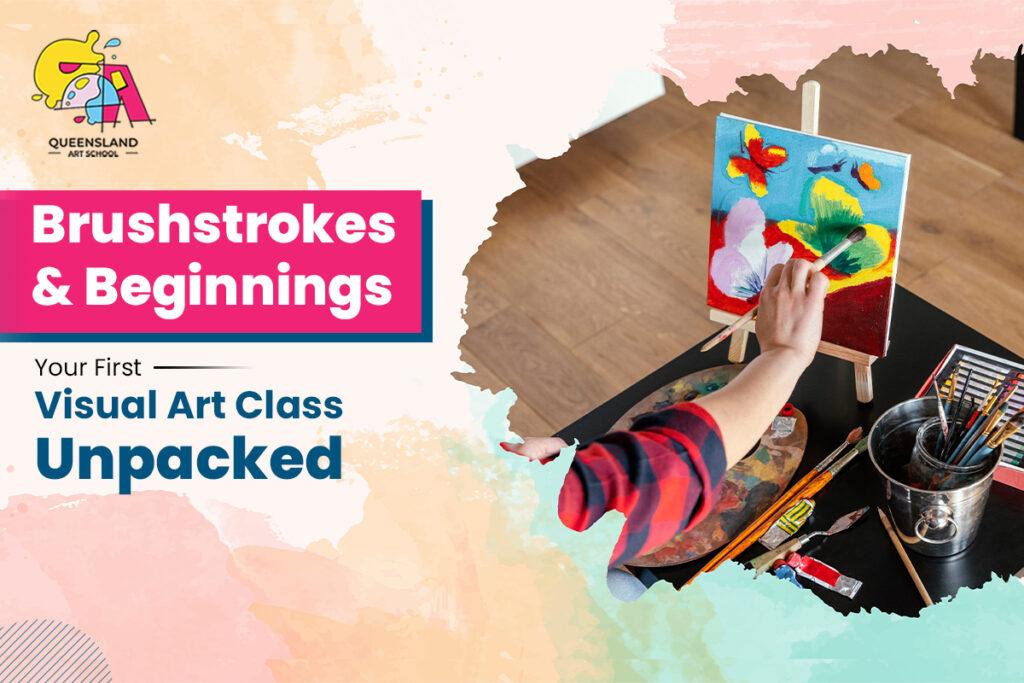
Introduction
Self-expression is the main goal of art classes, and no skill can provide that platform more than the visual arts. Visual art classes encompass training in various skill development, especially observation skills, shading, colour mixing, and attention to detail. A visual art class can teach you from as simple as printmaking to more complex art forms, such as sculpting. Visual art classes can form the foundation of your art skills and artistic journey. Its versatility is proven to be beneficial in all fields of art.
What Is a Visual Art Class?
A visual art class is a structured form of learning drawing, painting, and sculpting using observational skills and attention to detail. The purpose of visual art classes is to train artists in depicting objects, subjects, and scenes as they see them with their eyes. The art does not always accurately represent reality, and the artists can use their flair and different perspective in the painting. Visual art encompasses paintings, sculpture, and sketching. It has many forms, such as fine arts, decorative arts, and commercial art. Fine arts depict reality as closely as possible and are more traditional art forms. Decorative art heightens the depiction of a scene or object, such as enhancing the beauty of a person. Commercial art is purely used for marketing purposes for monetizing reality.
Visual art classes for teenagers in Brisbane teach fundamentals of visual arts such as colour theory, composition, perspective, and experimentation with style. It also involves using different media such as watercolours, oil paintings, monochromatic, and ceramics. Classes are also divided based on the experience of the artists, such as beginners, intermediate, and advanced. The environment of the class depends on how the instructor approaches their students and the infrastructure. The main focus of the classes is as follows:
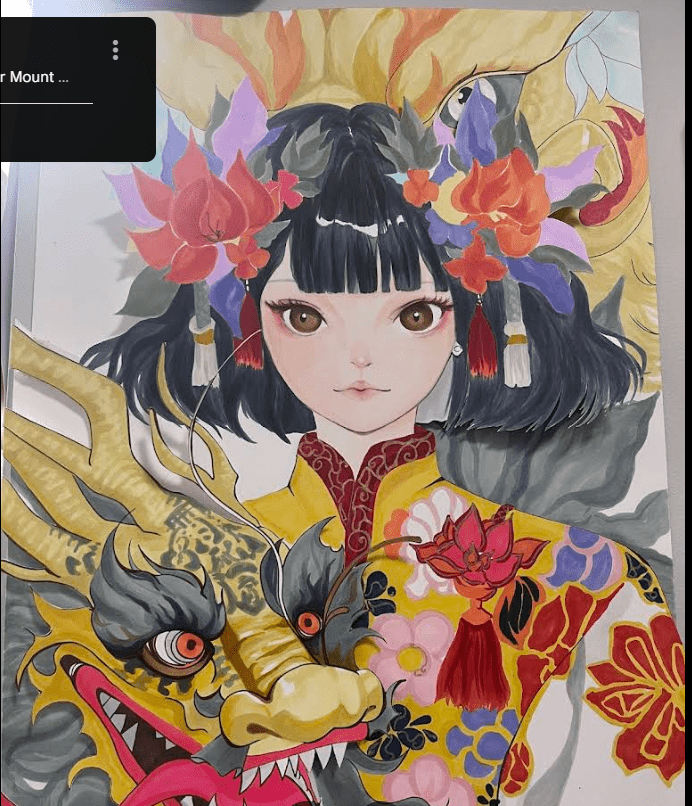
Developing technical skills: The art classes aim to develop the technical skills required for visual arts, such as composition, point of view, and experimentation. It should also focus on handling different media, such as oil paintings, ceramics, or sketching.
Understanding art principles: Visual art classes should build the artist’s strong foundation in the concepts of art, such as colour theory and colour mixing. This foundation is important for moving to advanced skill sets.
Cultivating creativity: Visual arts also encourage experimentation by mixing existing styles or creating new ones. Creativity and experimentation are the cornerstone of the visual arts.
Appreciating art history: Art classes for visual art also build appreciation and interest for the arts and creativity. Art history is founded on the visual arts, with multiple artists developing their styles to form the art it is today.
Providing constructive feedback: The art classes are also platforms to improve art skills through constructive feedback. Such a system is mainly maintained between the teacher and the students.
Common Materials & Tools You’ll Use
The tools and materials you will use will depend on the type of visual art classes. The general tools required for these art classes are as follows:
Drawing: Pencil, eraser, charcoal, drawing sheet, sketchbooks, and blending slumps
Painting: Brushes, palettes, palette knives, oil paints, acrylic paints, watercolours, and mediums
Sculpture: Clay, sculpting tools, plaster, wools, metal, and armatures
Printmaking: Paper, printing press, linoleum blocks, cutting tools, printing ink, and rollers
What You’ll Learn in the First Few Sessions
Introducing Shading
Shading is employed to create the light and shadow effect, mimicking the differences in lighting found in real life. Shading adds depth and texture to the sketch and makes it life-like. Visual art classes will cover different techniques of shading for the first few sessions. The four main types of shading are blending, hatching, strippling, and scumbling. Each technique is distinct and is used for different subjects and circumstances to produce its unique effects. The sessions not only help to introduce the fundamentals of these techniques but also teach when to use them.
Basics of Color Mixing
Colour mixing is the cornerstone of visual arts, and the first few sessions of visual art classes involve learning the basics of color mixing. Colour mixing happens on the palette or the canvas to produce colours closer to reality. Visual art classes are meant to teach you how to mix the colours to produce the desired shade or a different colour. Art classes can also teach you additive colour mixing, subtractive colour mixing, and average colour mixing. These techniques are important for building the foundation of artistic skills to move on to advanced stages.
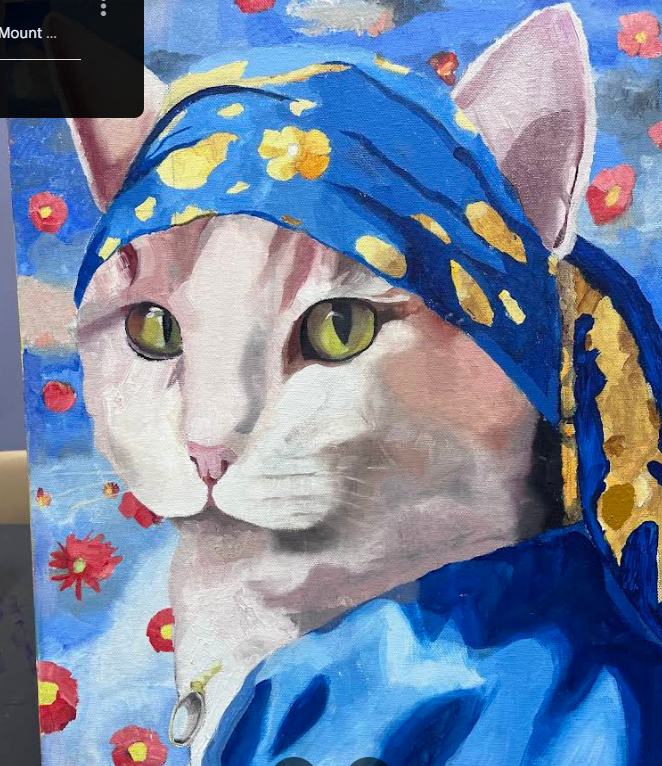
Building Perspective
Visual art classes aim to develop skills for perspective in paintings and sketches. Perspective or point of view creates a three-dimensional effect on a two-dimensional medium, such as canvas. For developing the perspective skills, visual art classes teach you the fundamentals of perspective construction, such as vanishing points, atmospheric perspective, and so on. The classes also teach you to manipulate brightness through shading to create optical illusions. Perspective building helps to bring an immersive effect to the paintings.
Understanding Color Theory
Visual art sessions can also help you understand the fundamentals of color theory. Colour theory helps artists understand how colours interact and their relationship. Learning the basics of color theory gives artists a systematic framework for creating visually compelling work. The artists can expect to be taught about the colour wheel, colour mixing and interaction, harmony, and contrast through these classes. Visual art classes also explore colour perception and contrast. These techniques are necessary not only to express reality but also to express emotions behind the painting.
Tips for Getting the Most Out of Your First Class
Not everybody can learn at the same pace and manner. But for an art class for a teenager, here are some tips for getting the most out of your first class:
Listen actively: Listen carefully to what your instructors are saying in classes. Their directions are essential for skill development.
Ask questions: When in doubt, do not be hesitant to ask questions until you get clarity. Clarity is necessary for creating art.
Experiment and explore: When you gain fundamental knowledge, take bold steps and start experimenting with styles.
Embrace mistakes: Do not be afraid to embrace mistakes and failure. Failure is the stepping stone to the learning process.
Conclusion
Visual art classes can boost your understanding of art and culture and build the foundation for moving towards advanced artistic techniques. Visual art can become an outlet for emotional expression and enhance creativity among school students. This is the main reason for the demand for art classes for teenagers is surging annually. There are different aspects to the visual arts, and enrolling in the art classes helps you build essential skills in this field.
